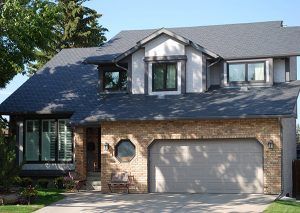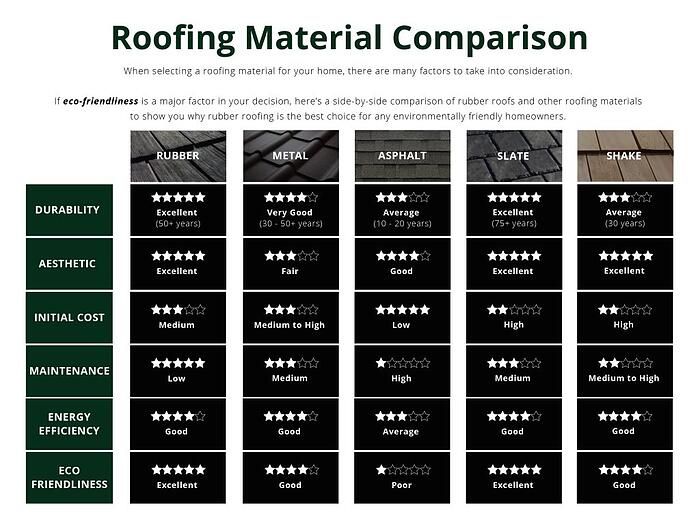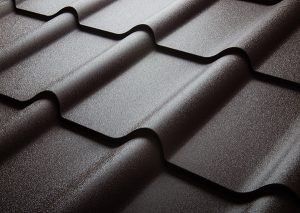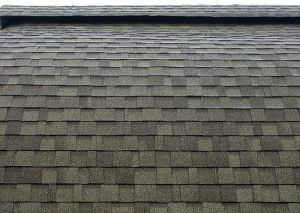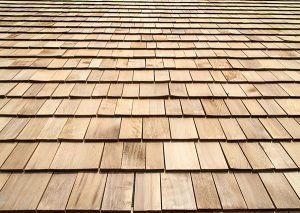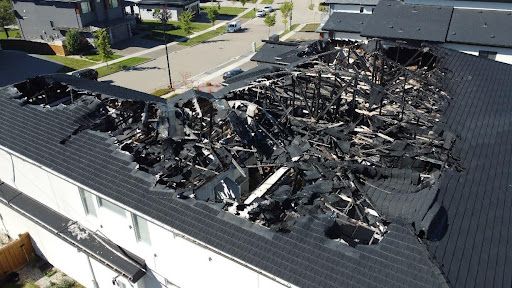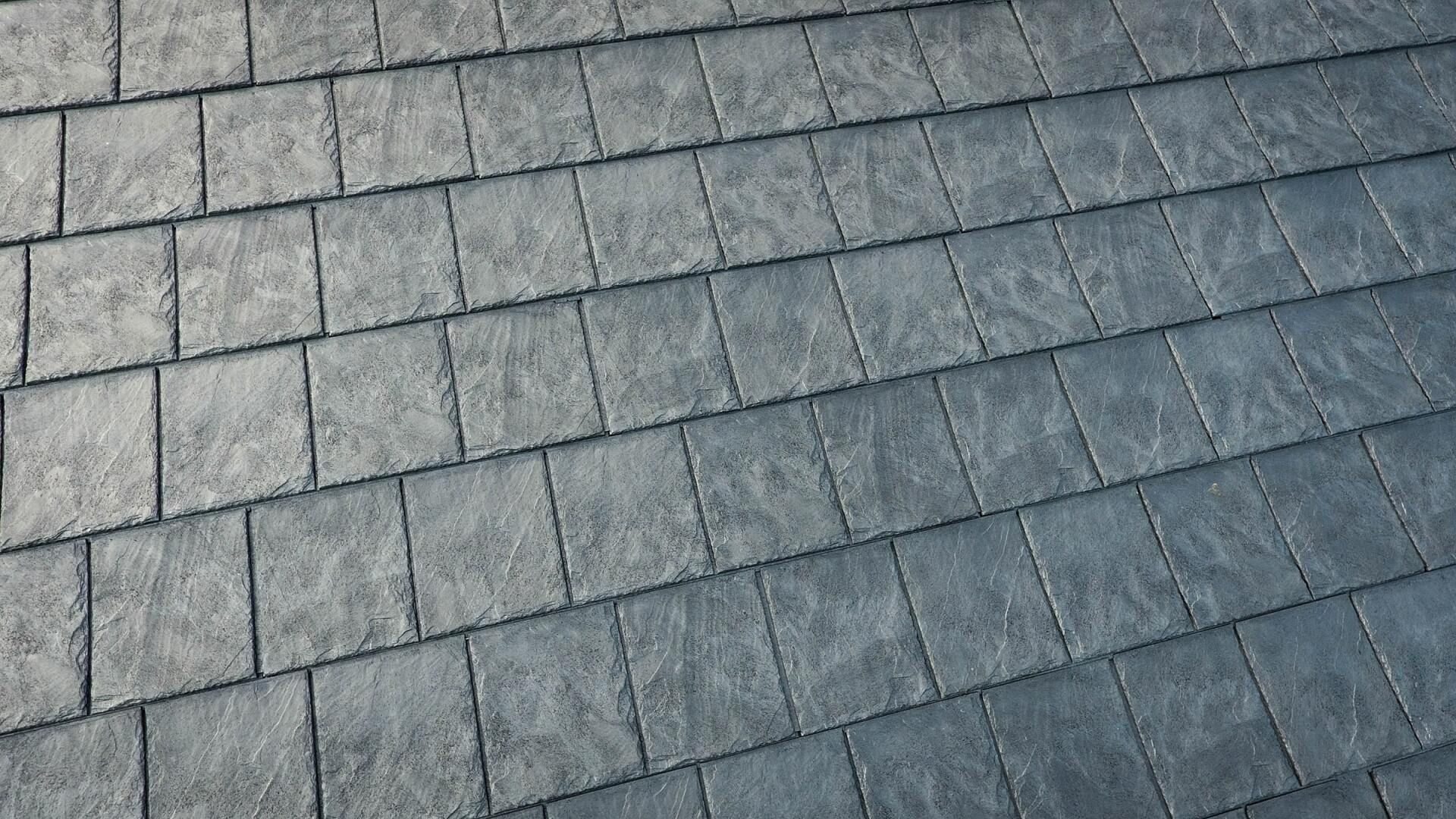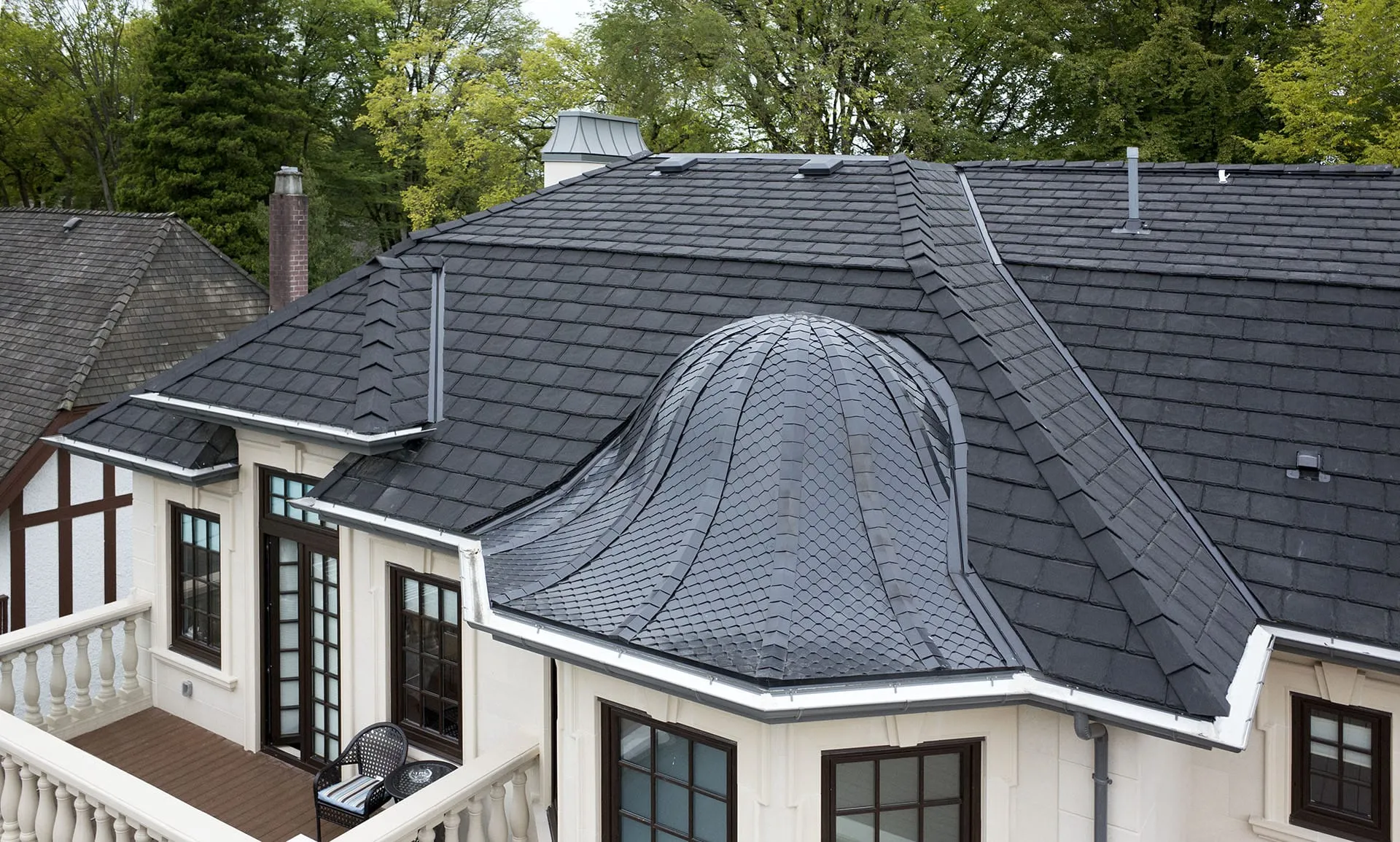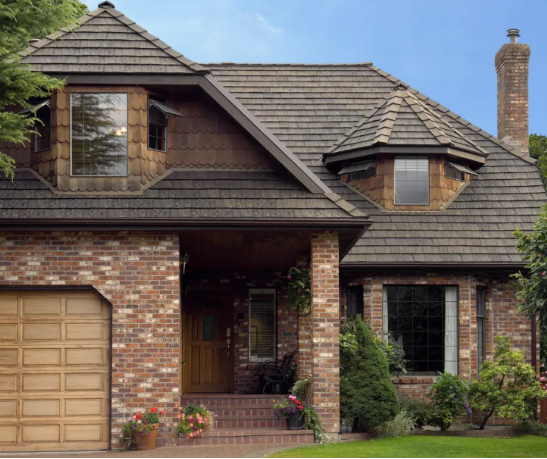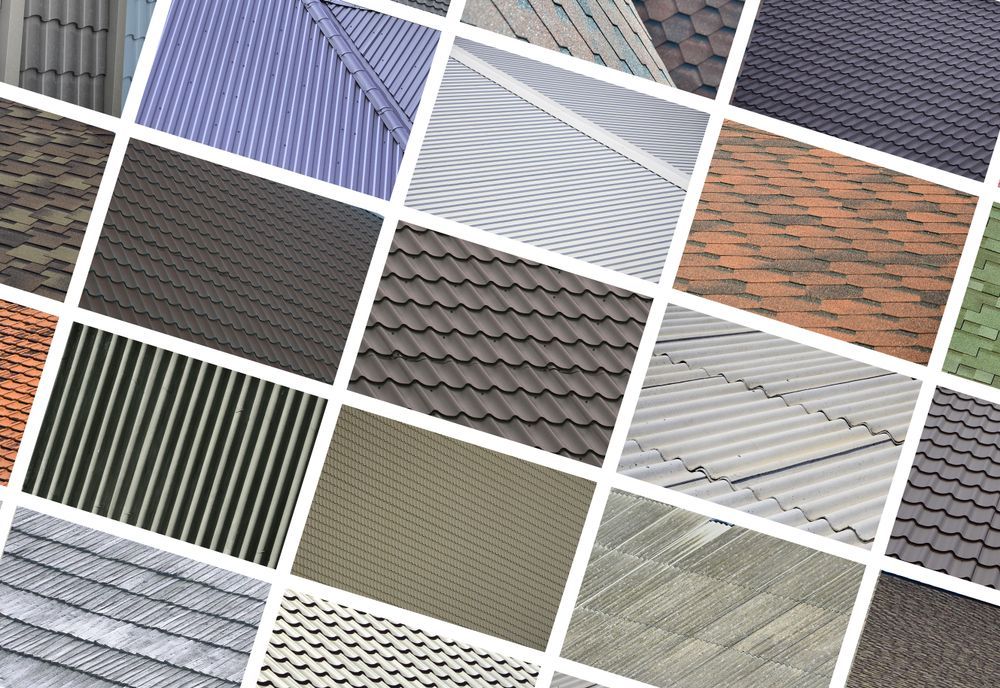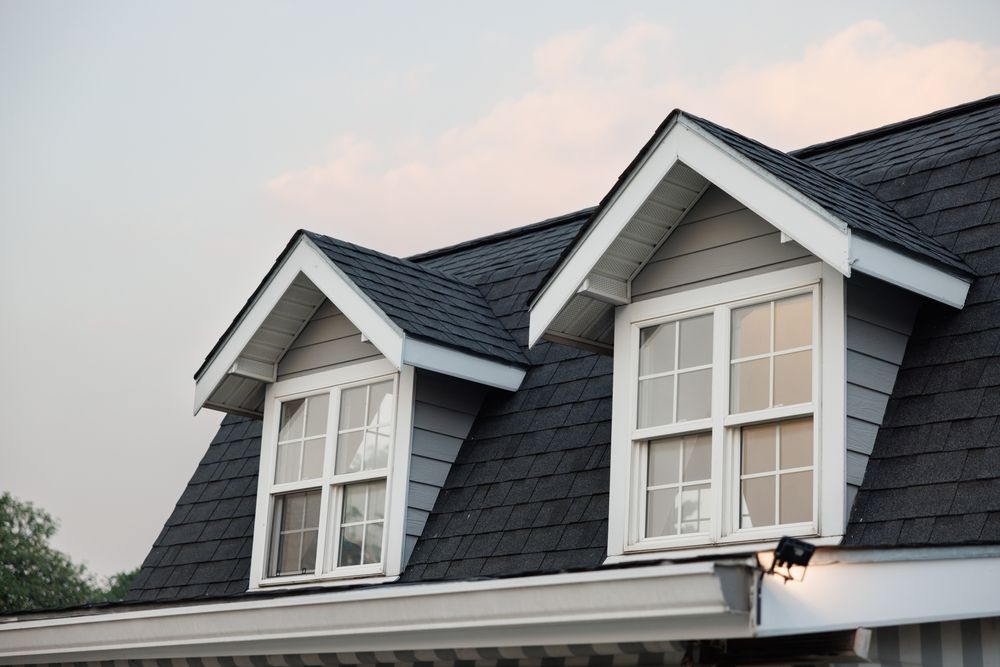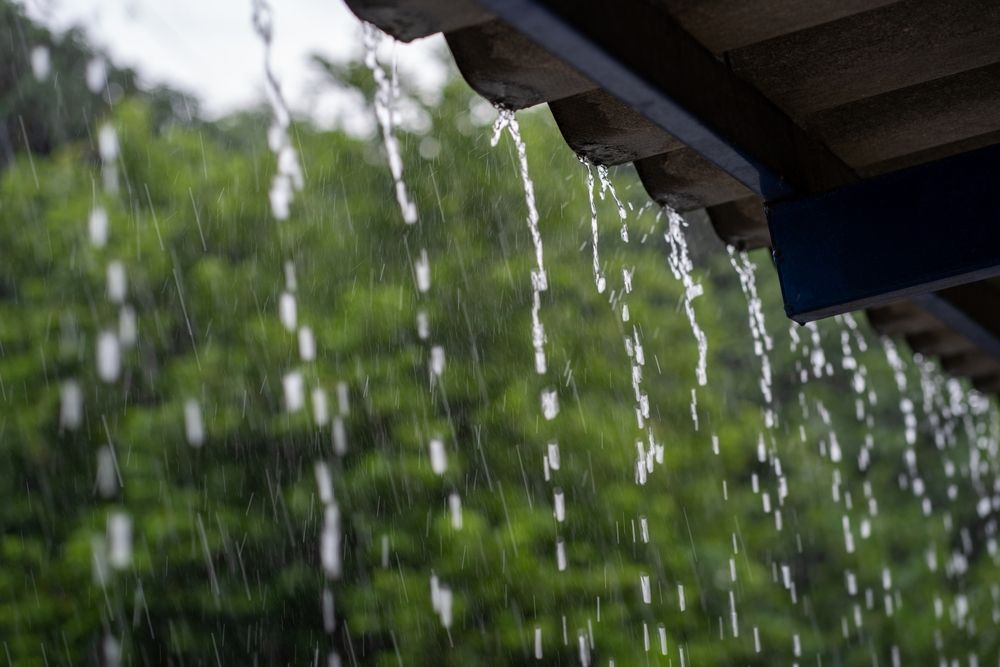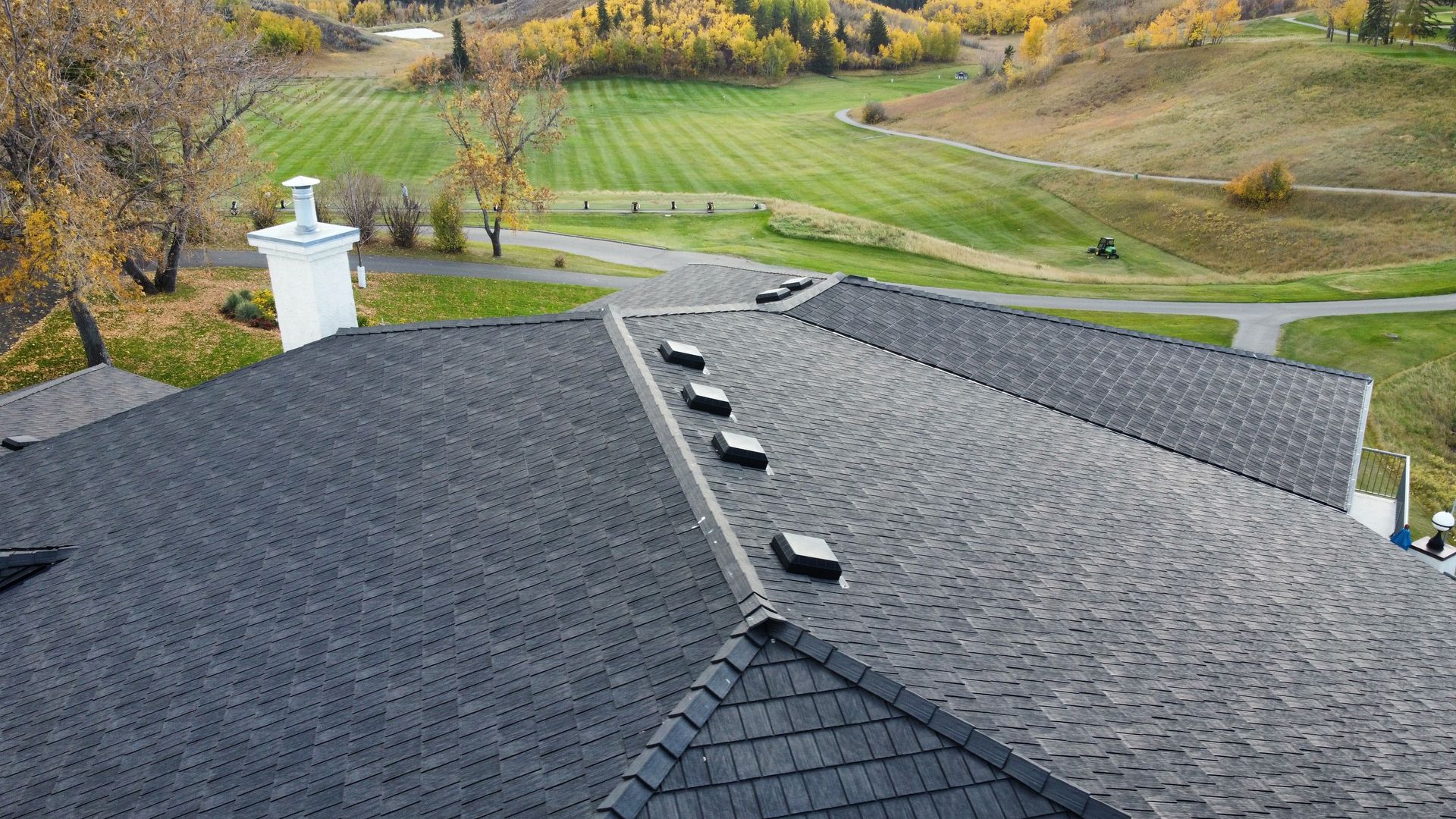A rubber roof uses tiles or “panels” made from rubber.
In the case of Euroshield®, we use 95 percent recycled content in our panels and the main ingredient is recycled tire rubber. This is material that would otherwise end up on waste tips and eventually clog landfills and release chemicals into the soil.
These roof panels are designed to accurately replicate the authentic look and texture of real cedar shakes and slates. They are installed in much the same way as other shingle panel products.
The recycled content that makes up the panels and the finished products are contaminant-free. Any trim or scrap rubber material from the manufacturing and installation process can be used again in making other roofing products.
By installing a roofing system that is completely recyclable at the end of its life, a homeowner demonstrates a commitment to full-life-cycle sustainability, lowering the household’s carbon footprint, and making positive environmental change.


